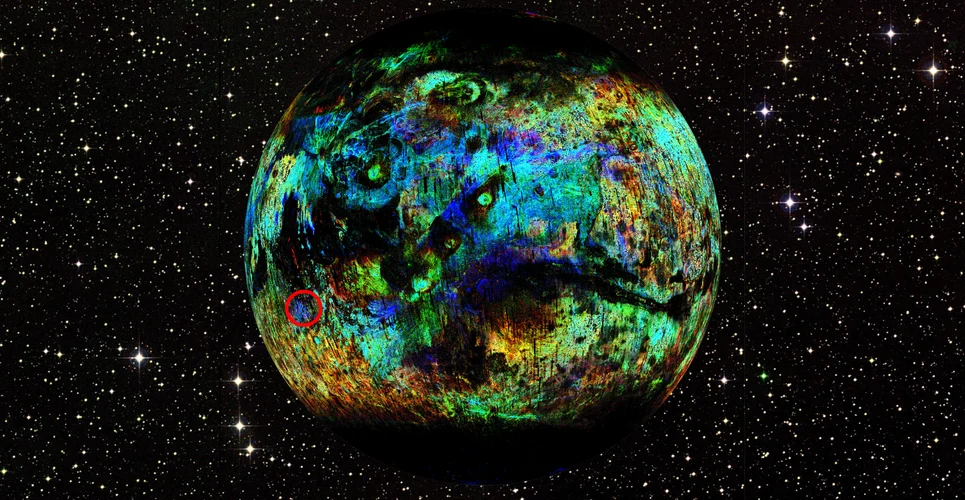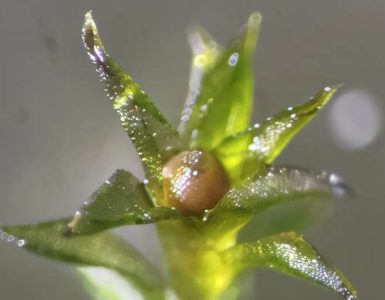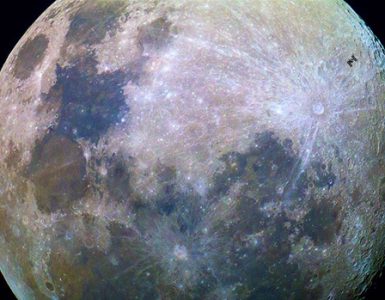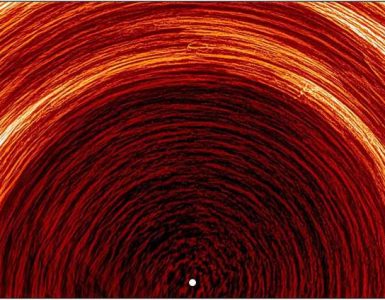Using a supercomputer, a team of scientists recently determined the exact crater that expelled rock from Mars in the ancient past—a rock that wound up crashing into Earth.
The rocky rejectamenta is formally named NWA 7034, but it’s popularly known as Black Beauty; its remains were first discovered in Western Sahara in 2011. The meteorite remnant is important because it contains some of the most ancient igneous rock from Mars, dating to about 4.48 billion years ago.
A team of researchers recently scrutinized the space rock to deduce its precise origin on Mars, which in turn revealed a record of ancient Martian geology. The team’s research is published today in Nature Communications.
“For the first time, we know the geological context of the only brecciated Martian sample available on Earth, 10 years before the NASA’s Mars Sample Return mission is set to send back samples collected by the Perseverance rover currently exploring the Jezero crater,” said Anthony Lagain, a planetary scientist at Curtin University in Australia, in a university release.
Martian geology is investigated from a distance. We have rovers on the ground, like Perseverance and Curiosity, which are equipped with instruments that can reveal Martian lithochemistry (the chemical composition of its rocks). There’s also the Mars InSight lander, which can investigate the planet’s seismic activity, though its digging instrument failed to get a foothold inside the planet. But humankind has yet to collect rock samples from Mars for up-close study, so the 0.7-pound (320-gram) Black Beauty is a boon for investigating early Martian history. (Jezero, the crater Perseverance is investigating, is about 3.5 billion years old—coincidentally, about the same age as the earliest signs of life on Earth.)
Read more at Gizmodo.com





